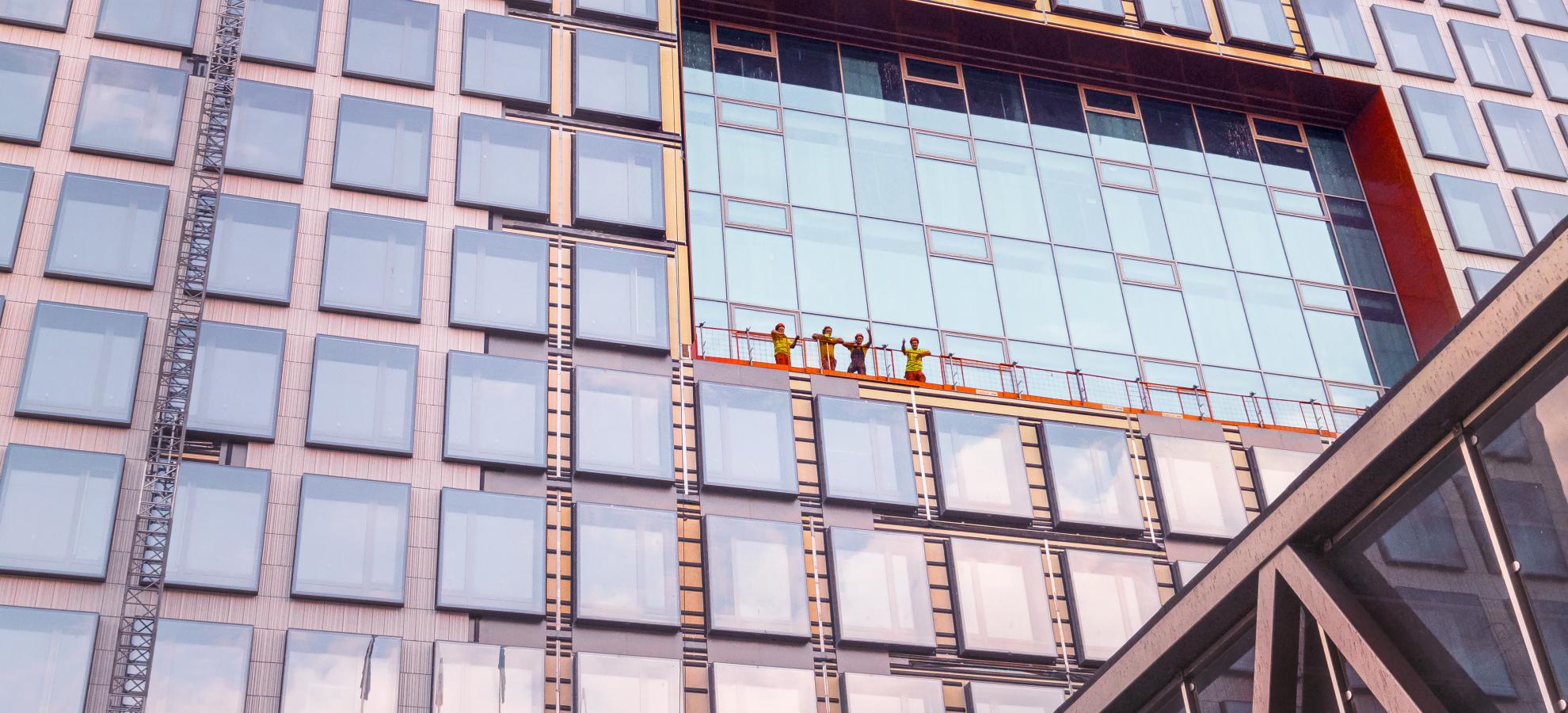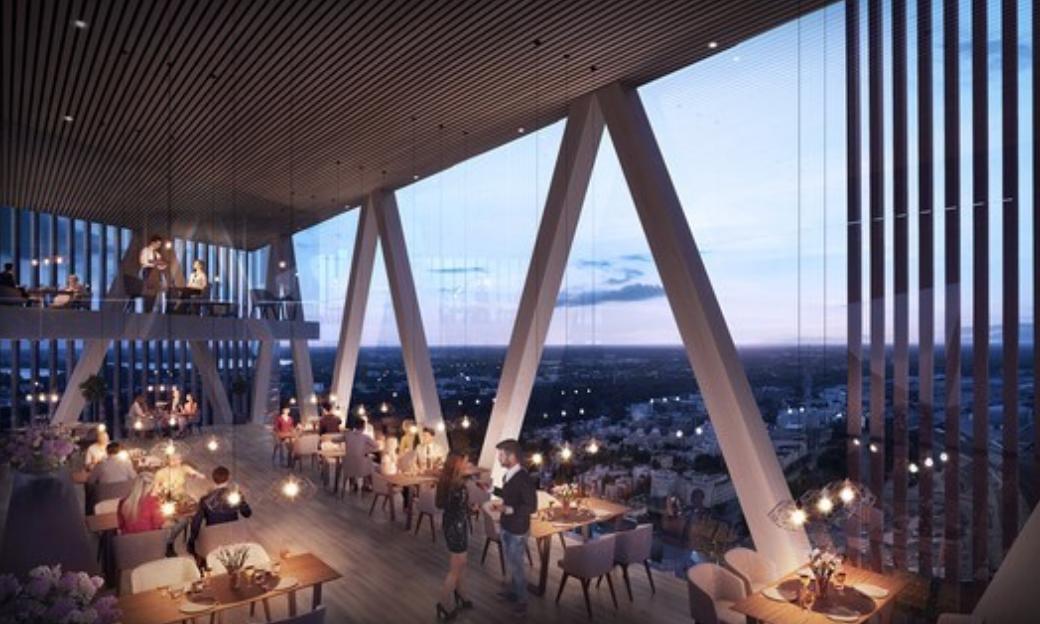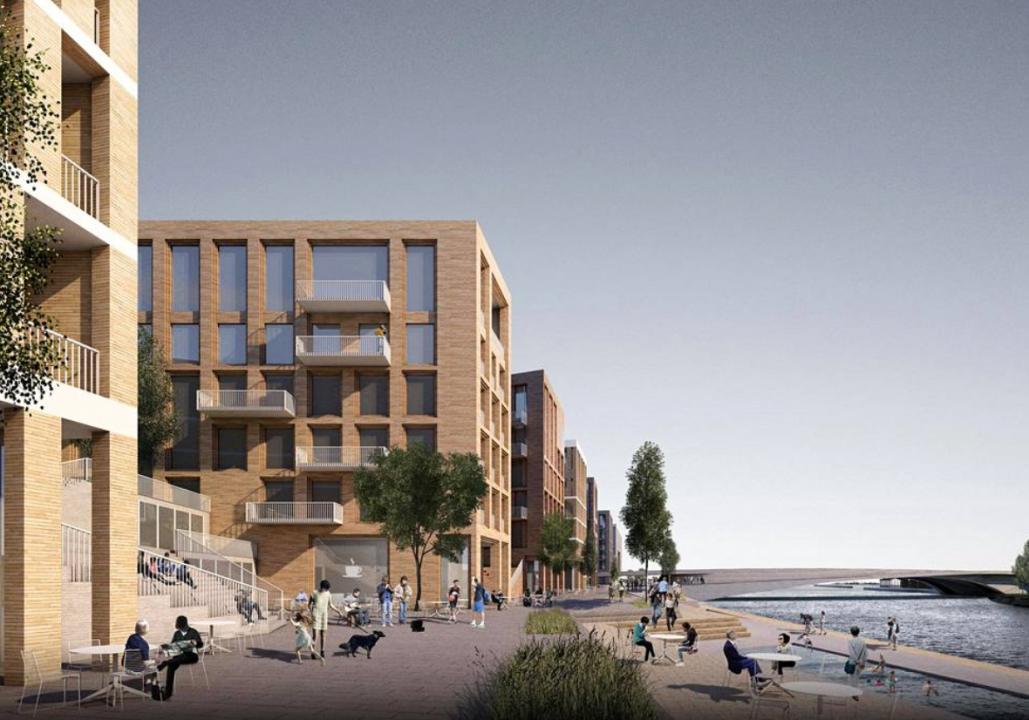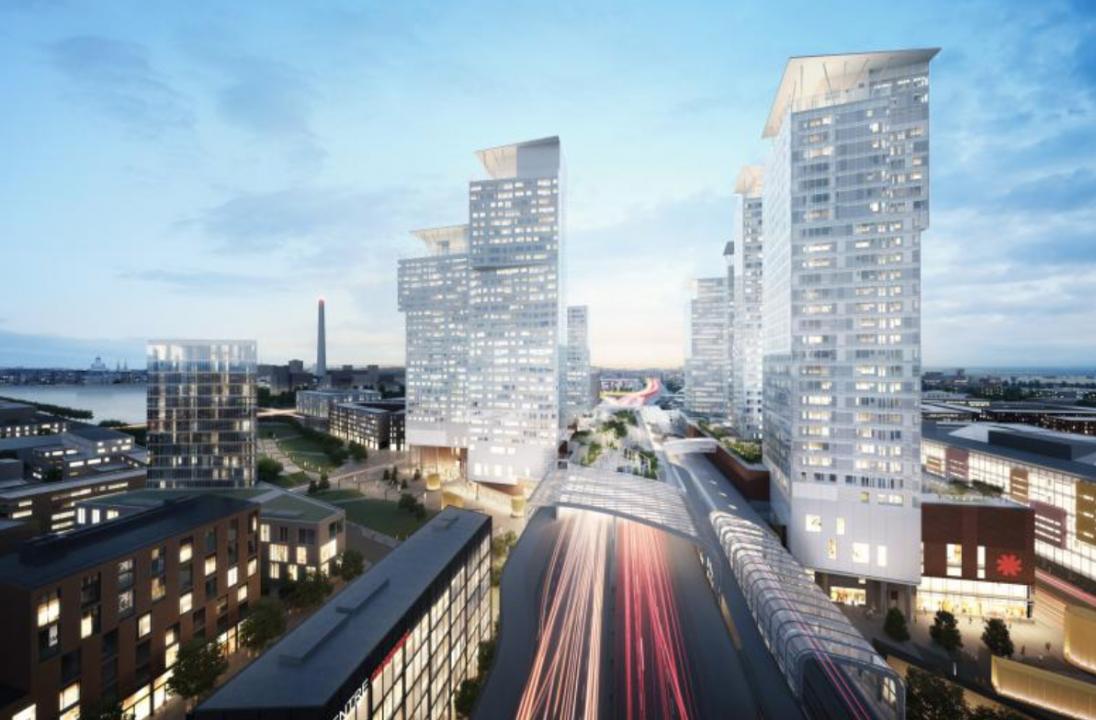
The influx of new residents means that Helsinki needs new apartments, services and infrastructure, all of which Helsinki wants to build as sustainably as possible. In fact, Helsinki aims to be carbon neutral by 2030. It is also the second city in the world – after New York – that has committed to voluntarily reporting the implementation of the sustainable development targets set out in the UN’s 2030 Agenda.
Helsinki’s new districts are being designed to be as accessible as possible in terms of mobility. Former harbour areas near the city centre are being redeveloped into residential neighbourhoods, and decentralised the urban structure is being consolidated. In tomorrow’s Helsinki, residents will be able to move about flexibly on foot, by bike or by public transport in environments that are both inspiring and climate friendly.
Here are just some of the many new districts and infrastructure projects that are transforming the urban structure in Helsinki:
Teollisuuskatu
Teollisuuskatu has long been a transport corridor for through traffic, but it is now being transformed into a more urban street. “Industry Street” is situated between the districts of Pasila and Kalasatama, where it is being developed into a significant hub for jobs, business and urban culture. The latter is represented by the old factory area, where former US ambassador Bruce Oreck is turning the largest property into a new culture centre called The Train Factory.
The infrastructure is also being improved to improve accessibility by all modes of transport. A human scale, supporting urban life and environmental wisdom are the key targets for the transformation.

Pasila
The rejuvenation of the Pasila district into a continuation of Helsinki’s city centre is in full swing. The numbers describing the development are impressive: the number of jobs in Pasila will double to around 50,000 and the number of residents will triple to 30,000 by 2040. Pasila Station will also become the busiest train station in Finland, serving over 47 million passengers a year.
Pasila is also strengthening its role as an urban centre for events and a diverse range of services. Indeed, the area is expected to become a real international-style “city” for Helsinki with a skyline dominated by high-rises. The “Helsinki High-Rise” design-build competition was won by YIT and Architects Lahdelma & Mahlamäki with their Trigoni proposal, in which nine triangular towers, all facing the same direction, will form the sculptural centre of Pasila. The tallest will rise to a height of 180 metres and include apartments, a hotel and a scenic restaurant.
Pasila will also expand to the north in the future, with new homes being built in the Ilmala area and soon also in Pohjois-Pasila.
Hernesaari
The Hernesaari shoreline was revitalised in 2016 following the opening of the internationally acclaimed public sauna Löyly and other new restaurant and event services.
Now, a new phase in the development of the waterfront area is beginning, as it is undergoing a complete transformation in the 2020s into a vibrant residential, tourism and recreational district and home to 7500 residents. A tram line will connect the southern peninsula to the city centre via Telakkakatu and Bulevardi, while a comprehensive network of pedestrian and cycle paths will further facilitate mobility.
Hernesaari is an important harbour for international cruise ships arriving in Helsinki. To help serve over 400,000 cruise visitors a year, a third quay has been built in Hernesaari alongside the existing two. Additional tourism and recreational services are also planned for the area, including a guest harbour and water sport centre.
Most of the old industrial buildings along the peninsula will be demolished, with the exception of the Ford factory, the Munkkisaari industrial building and the State grain warehouse. Naturally, the attractive new Löyly sauna complex and Café Birgitta will remain, having already done so much to revitalise the area.

Hakaniemenranta
Don’t let all the new developments fool you into thinking the city centre itself is complete. In fact, there are still many areas that could offer more opportunities as places to live and for urban life.
One of these is Hakaniemenranta, which is being rejuvenated throughout the 2020s. A new bridge, Merihaansilta, is being built for an express tram line as part of the Kruunusillat “Crown Bridges” project. At the same time, the existing Hakaniemensilta bridge will be renovated and redesigned to occupy less space. This will liberate additional land for the construction of three new residential blocks for around a thousand residents.
The architecture competition for the area was won by Architects Harris–Kjisik and VSU Landscape Architects with their proposal that combines urban and green elements. The visual appearance of the new buildings has been inspired by both the working-class traditions of the Hakaniemi district and the classical architecture of the opposite Kruunuhaka district.
In addition to new residential buildings, new waterfront parks are being built along the Hakaniemenranta shoreline and Kruununhaka side. New harbours are also promised – one for small boats and the other for commercial boat services.
Kalasatama, Sompasaari and Verkkosaari
Alongside Pasila, Kalasatama is the second district in which the cranes are reaching for the skies. A group of eight high-rises is being built in the Kalasatama district, offering spectacular views to the city centre and out over the sea.
In the future, Kalasatama will be a relaxing neighbourhood alongside the city centre. A long waterfront promenade will follow the shorelines and canals in the area. There will also be a large public park, Kalasatamanpuisto, in the heart of the district.
Construction of Kalasatama is progressing on either side of the metro station: towards Sompasaari to the south and Verkkosaari to the north. The pace of construction in the old container harbour is fast, and the area is expected to be completed by 2023.
Many homebuyers are attracted by the proximity of the sea. Every residential block will have views to the sea. In addition to non-subsidised housing, Kalasatama will also offer more affordable housing in keeping with the policy in Helsinki’s other new residential areas.
Kalasatama is ideally suited for those who appreciate excellent metro connections to Helsinki and Espoo, as well as those who can appreciate the restaurant complex at Teurastamo and the short walk to the festivals at Suvilahti.

Kruunusillat and Kruunuvuorenranta
The Kruunusillat “Crown Bridges” project is Helsinki’s biggest investment in sustainable mobility. The project includes 10 kilometres of new tram lines to connect the districts of Laajasalo, Korkeasaari (Helsinki Zoo) and Kalasatama to the city centre, while creating at the same time a new seaside route for pedestrians and cyclists.
The new connections from the mainland to the islands comprise three new bridges: Kruunuvuorensilta, Finkensilta and Merihaansilta. The first of these will stretch approximately 1200 metres, making it in fact the longest bridge in Finland. As part of the same project, the Hakaniemensilta bridge will be renovated. The new bridges should be completed by 2026 if there are no delays in permits or agreements.
The Crown Bridges project will create a new connection from the city centre to the new Kruunuvuorenranta district, making it possible to get there by tram in just a quarter of an hour. Kruunuvuorenranta is being built along the eastern shore of the Kruunuvuorenselkä bay, which offers impressive sea views, historic manor house parks and beautiful archipelago nature. By 2030, Kruunuvuorenranta will be home to 13,000 residents and 800 workplaces. The new district has already made a name for itself thanks to its light installations in wintertime that can be admired all the way from the city centre.
Urban boulevards and Jokeri light railway line
Helsinki is growing each year into a bigger city, yet at the same time it is striving to reduce its carbon emissions. Sustainable mobility plays a big role in resolving this apparent contradiction.
In 2016, Helsinki City Council approved a new master plan that provides general guidelines for the development of the city all the way up to 2050. One of the proposed solutions that sparked the most public discussion involved so-called urban boulevards.
Urban boulevards are essentially current transportation corridors that are to be transformed into urban streets to free up space for more apartments, new services and more sustainable modes of transport. At the same time, the urban structure would be consolidated to avoid the city from growing outwards and becoming more dispersed.
The new boulevards will be developed from the 2020 onwards, starting with Vihdintie and Tuusulanväylä, as well as along the Jokeri light rail line. The new light railway line will connect residential districts in Helsinki and Espoo, and the first line will stretch from Itäkeskus all the way to Keilaniemi. The light rail line will benefit local residents and businesses, and it is already helping attract people to the city’s northern districts.
Light rail lines are a new mode of transport in Finland and are essentially fast trams. The Jokeri light rail line is expected to be used by 102,000 passengers a day by 2040.

